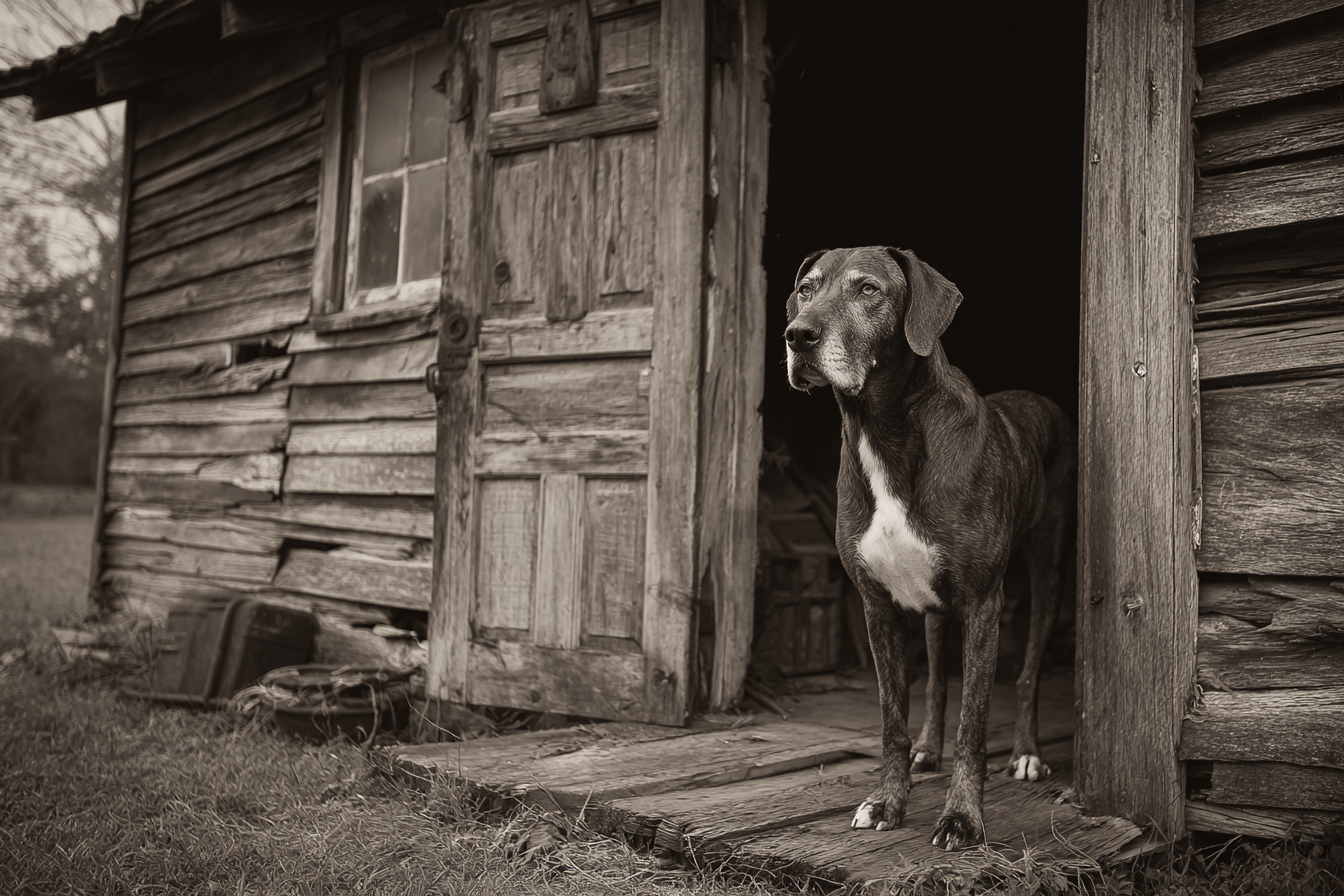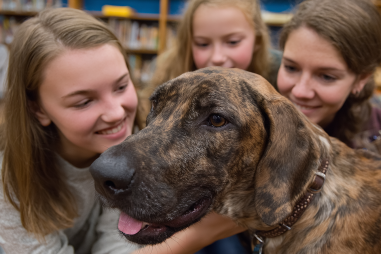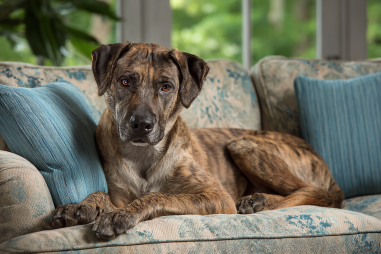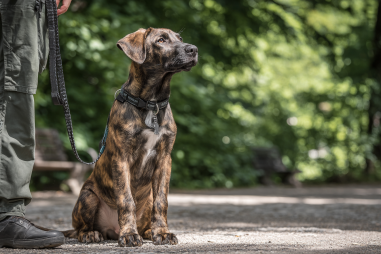The Plott Hound is a breed with a compelling background story that stretches back centuries and oceans away. Known for its tenacity and skill in the hunting field, this dog has become a beloved symbol of heritage and athleticism. From its humble beginnings in Germany to its proud standing as North Carolina’s official state dog, the Plott Hound’s journey is a testament to selective breeding, adaptability, and cultural significance. Let’s take a deeper dive into the origins, development, and lasting legacy of this remarkable breed.
Origins of the Plott Hound Breed
The Plott Hound traces its roots to Germany, where it began as a type of boar hunting dog. Originally, the breed was bred by the Plott family, who were well-known hunters. The ancestors of the Plott Hound were Bloodhounds and Hanover Hounds, both renowned for their tracking abilities and stamina. The breed was specifically developed to handle the challenging task of hunting large game such as boar and bear, which required courage, endurance, and an acute sense of smell.
The Plott family’s dogs were prized for their muscular build, keen senses, and remarkable determination. What set the Plott Hound apart was its brindle coat pattern, a rarity among hounds, and its deep baying voice. These characteristics were carefully preserved and passed down through generations, building the foundation of the breed as we know it today.
Immigration and Development in the US
The Plott Hound’s journey to America began in the late 1700s when Johannes Plott, a German immigrant, brought five of his family’s hunting dogs with him to North Carolina. Settling in the western Appalachian mountains, Johannes continued to breed and refine his dogs to suit the rugged terrain and hunting demands of the region.
In the wild, the mountains of North Carolina were home to abundant wildlife, including wild boars, bears, and deer—ideal prey for the Plott Hounds. Over time, the breed adapted to the American environment, further developing its stamina, intelligence, and tracking skill. The mix of Bloodhound influence and local selective breeding resulted in a dog perfectly suited for hunting in dense forests and mountainous terrain.
By the 19th century, the Plott Hound had gained popularity among hunters not only in North Carolina but across nearby states. Its reputation as a reliable hunting companion grew, and the breed’s numbers steadily increased, all while maintaining a close connection to its Plott family lineage.
Role in Hunting and Tracking Traditions
The Plott Hound is primarily known as a hunting and tracking dog—a role it has fulfilled for over two centuries. Its specialized skills include extraordinary scent tracking, loud and persistent baying to keep hunters aware of the prey’s location, and aggressive tenacity when cornering game.
Traditionally, Plott Hounds were used to hunt wild boars, a notoriously dangerous game animal. Their bravery and strength allowed them to hold boars at bay, making it safer for hunters to finish the kill. They were also used to track bears and other game, often in rough and challenging landscapes where their endurance shone.
Today, many enthusiasts still use Plott Hounds for hunting, particularly in the Southeastern United States. They are celebrated for their speed, agility, and tracking precision. Beyond traditional hunting, their keen noses have also made them excellent participants in search and rescue operations and tracking trials.
Recognition and Breed Standards
The Plott Hound’s unique qualities and its growing popularity led to formal recognition by major kennel clubs in the United States. The American Kennel Club (AKC) officially recognized the breed in 1946 under its Hound Group.
The breed standard emphasizes the Plott Hound’s physical and behavioral traits:
- Appearance: Medium to large size with a strong, muscular build; typically brindle coat with variations in color shades ranging from yellow brindle to black brindle.
- Temperament: Intelligent, fearless, loyal, and alert with an independent streak.
- Abilities: Excellent hunting and tracking skills, a keen nose, loud baying voice, and great stamina.
Breeders continue to adhere to these standards to preserve the breed’s heritage, ensuring that modern Plott Hounds retain the qualities that made them outstanding hunting dogs while also being well-balanced companions.
The Plott Hound Today
In today’s world, the Plott Hound is as versatile as ever. While still a prized hunting dog, it has also become a cherished family pet known for its loyalty and protective nature. Its intelligence means it trains well, though it thrives most when given plenty of exercise and mental stimulation.
The breed’s affectionate side may sometimes surprise those familiar only with its hunting reputation. Plott Hounds often form strong bonds with their humans and can be good with children and other pets when socialized early.
Dog shows, tracking competitions, and field trials feature the Plott Hound often, highlighting its physical prowess and mental sharpness. Furthermore, organizations dedicated to the Plott Hound maintain active registries and work to educate the public about proper care and breed characteristics.
Legacy and Cultural Significance
The Plott Hound holds a special place in the cultural fabric of North Carolina and the Southeastern U.S. In 1989, it was officially declared the state dog of North Carolina, a testament to its importance in the region’s history and identity.
The breed’s legacy is deeply entwined with the pioneer spirit of endurance and resourcefulness. The Appalachians, where the Plott family settled, remained a stronghold for the breed’s hunting practices and traditions. In many communities, the Plott Hound symbolizes hard work, determination, and the connection between humans and the natural world.
Folklore and local stories often celebrate the Plott Hound’s bravery and hunting success, further cementing its role as a cultural icon. In addition to this regional significance, the breed is steadily gaining devotees across the country who appreciate its heritage and capabilities.
Reflecting on the Journey of the Plott Hound
The Plott Hound’s history is a rich tapestry woven from German roots, American pioneering, and a legacy of hunting excellence. From the Plott family’s initial breeding efforts to its modern-day recognition and cultural status, this breed showcases remarkable adaptability and dedication.
Whether bounding through Appalachian forests or resting by the family hearth, the Plott Hound remains a proud testament to its lineage—a breed that combines strength, courage, and loyalty in equal measure. For dog lovers, hunters, and history enthusiasts alike, the Plott Hound offers a fascinating glimpse into how tradition and purpose can shape a dog’s destiny.







